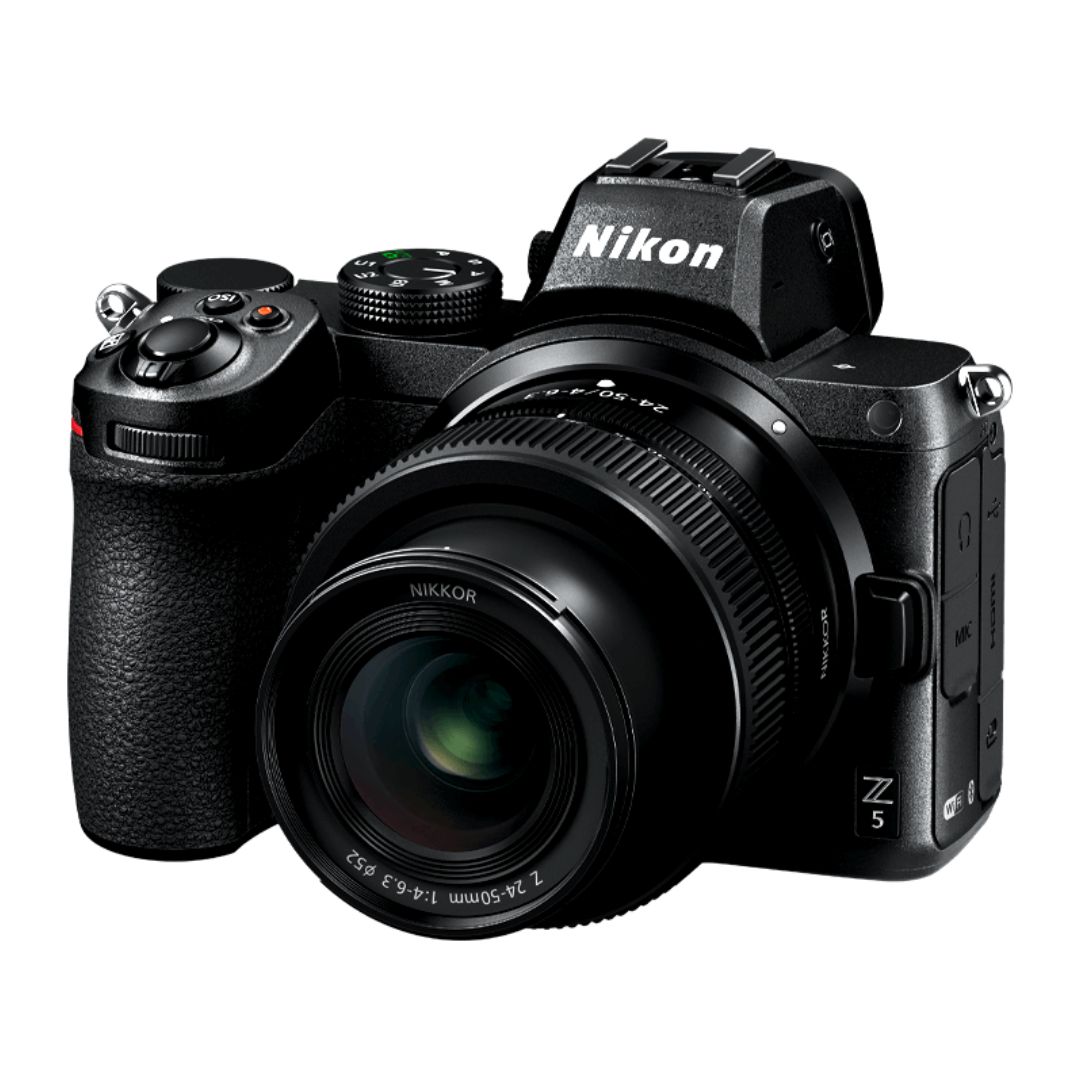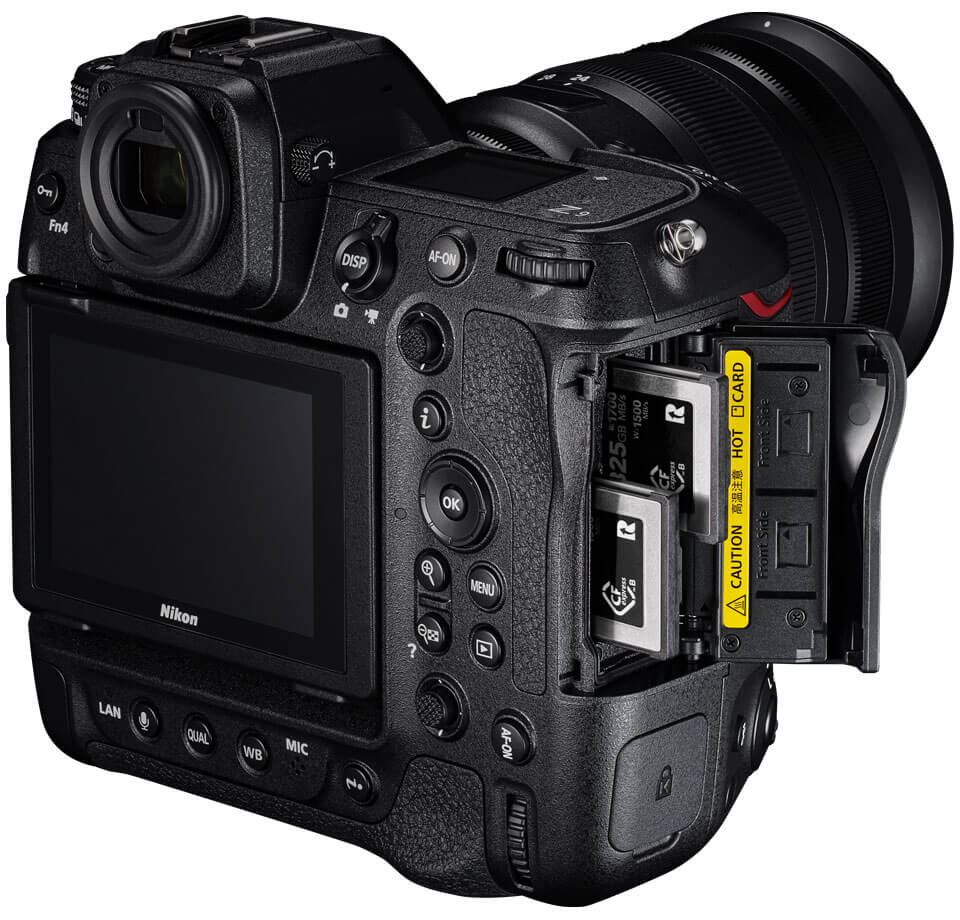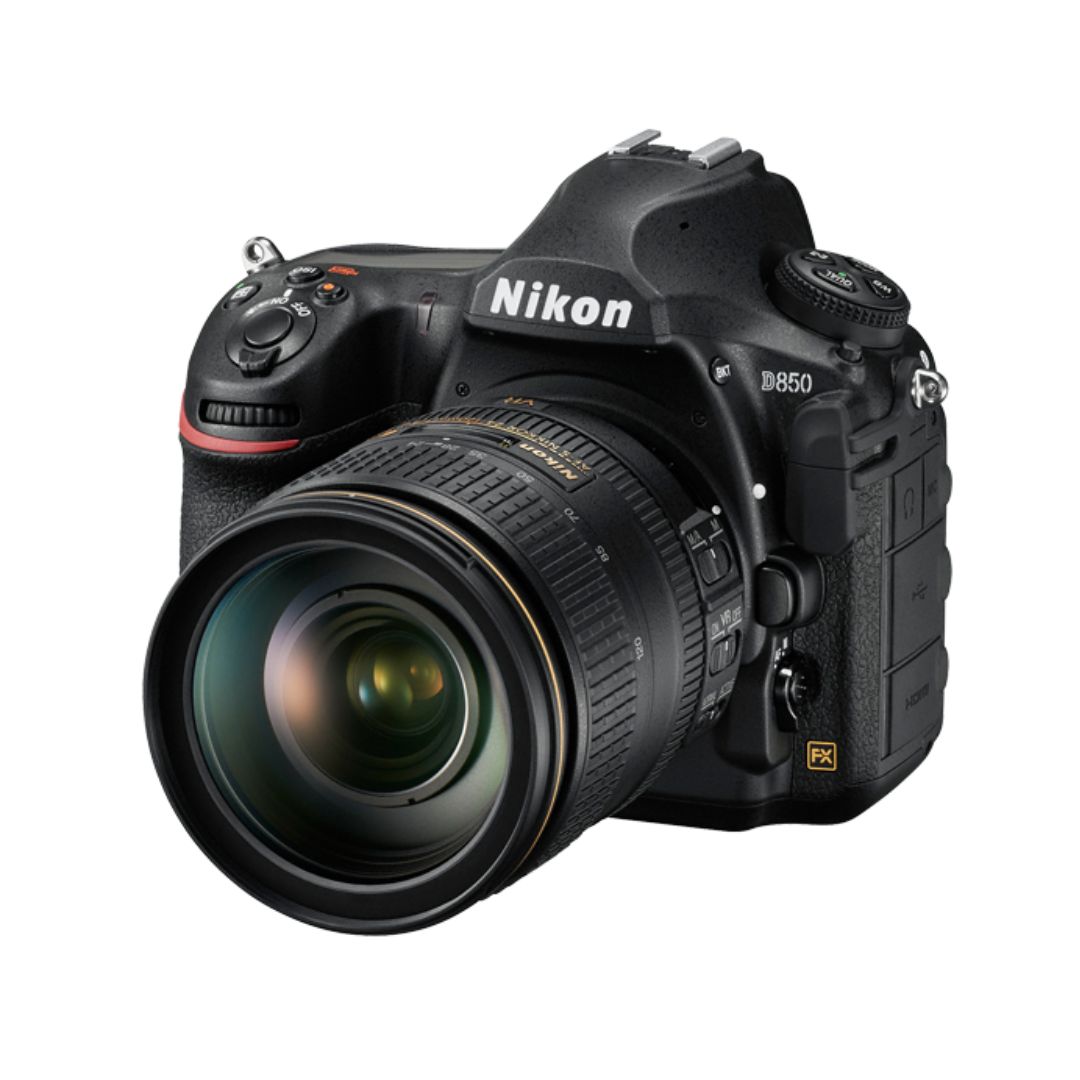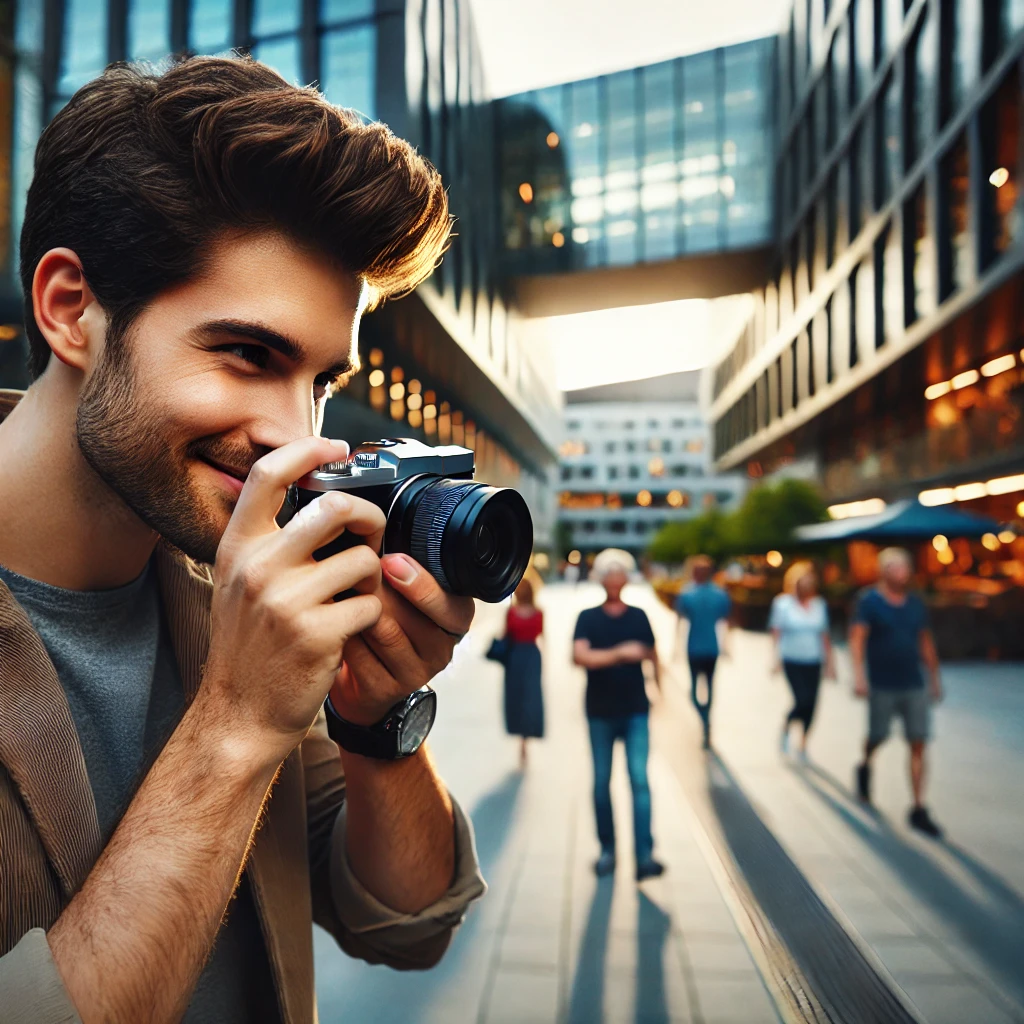Candid photography is all about capturing raw, unfiltered emotions and authentic moments. However, even the most spontaneous shots need strong composition to make them visually striking. Without intentional framing and balance, even the most genuine moments can appear chaotic or unappealing.
Composition plays a crucial role in drawing attention to the subject, guiding the viewer’s eye, and enhancing storytelling. Whether you’re shooting street photography, portraits, or event coverage, understanding compositional techniques will help you elevate your candid shots.
This in-depth guide explores how composition affects candid photography, breaking down techniques such as the rule of thirds, leading lines, framing, and perspective. By mastering these elements, you can capture stunning, dynamic, and emotionally resonant candid shots.
Why Composition Matters in Candid Photography
Brings Order to Chaos
Candid photography often takes place in dynamic environments—crowded streets, social gatherings, or everyday life scenes. Composition helps structure these elements, ensuring the subject remains the focal point amidst the movement.
Creates Visual Impact
A well-composed image captures attention immediately. It guides the viewer’s eye, establishes depth, and enhances storytelling. Without composition, even the most emotionally powerful scene can feel disorganized.
Strengthens Storytelling
Great candid shots narrate a story without words. Composition techniques like symmetry, depth, and framing create an emotional connection between the viewer and the image, making the story more engaging.
Key Composition Techniques for Candid Shots
1. The Rule of Thirds
The rule of thirds is one of the most fundamental principles of photography composition. Instead of centering your subject, divide your frame into a 3×3 grid and place the subject along one of the intersecting points.
Why It Works
- Adds balance and natural flow
- Prevents the image from feeling static
- Creates a visually dynamic scene
How to Apply It
- Enable the grid option on your camera or smartphone
- Position your subject slightly off-center
- Use leading lines to direct attention toward the subject
2. Leading Lines
Leading lines are natural lines within a scene that direct the viewer’s eye toward the subject. These can be roads, fences, staircases, or even shadows.
Why It Works
- Guides focus effortlessly
- Adds depth and dimension
- Enhances storytelling by leading viewers through the frame
How to Apply It
- Identify strong lines in your environment before shooting
- Position yourself so the lines direct attention to your subject
- Experiment with diagonal lines for dynamic compositions
3. Framing Your Subject
Framing involves using surrounding elements—such as doorways, windows, trees, or even people—to create a natural border around the subject.
Why It Works
- Draws immediate focus to the subject
- Adds depth and perspective
- Creates a storytelling element by showing the subject in context
How to Apply It
- Look for natural frames in the environment
- Use foreground elements to add a layered effect
- Adjust your angle to ensure the frame enhances rather than distracts
4. Negative Space for Simplicity
Negative space refers to the empty or less busy areas around your subject. Using negative space in candid photography helps the subject stand out while evoking emotion.
Why It Works
- Creates a minimalist, impactful composition
- Prevents distractions and visual clutter
- Evokes a sense of solitude or introspection
How to Apply It
- Position your subject against a plain background
- Use open spaces such as the sky, walls, or water
- Balance the subject and empty space for harmony
5. Depth and Layering
Depth in photography gives images a three-dimensional feel. By including elements in the foreground, midground, and background, you create a sense of space that makes candid shots more immersive.
Why It Works
- Enhances realism and storytelling
- Makes the photo visually rich and engaging
- Leads the eye through different layers
How to Apply It
- Use objects in the foreground to create depth
- Adjust your aperture (wide for blurred backgrounds, narrow for deep focus)
- Experiment with different perspectives to highlight layers
6. Golden Ratio (Fibonacci Spiral)
The golden ratio is a more advanced form of the rule of thirds, creating a spiral pattern that naturally guides the eye toward the subject.
Why It Works
- Mimics natural aesthetic harmony found in nature
- Creates a balanced yet dynamic composition
- Leads the viewer’s eye smoothly through the scene
How to Apply It
- Use the Fibonacci spiral overlay available in some editing software
- Place your subject near the tightest part of the spiral
- Align surrounding elements to complement the curve
7. Symmetry and Reflections
Symmetry creates visually pleasing and balanced compositions. Reflections in water, mirrors, or glass can enhance symmetry while adding depth.
Why It Works
- Provides a sense of harmony and stability
- Captures the viewer’s attention immediately
- Works well in architectural and environmental shots
How to Apply It
- Look for natural symmetry in architecture, streets, or nature
- Use reflections in puddles, mirrors, or glass windows
- Center your subject if symmetry is the main focus
8. Perspective and Angles
Changing your perspective can drastically impact the composition. Shooting from high above, down low, or through obstacles adds uniqueness to your candid shots.
Why It Works
- Provides fresh and unexpected viewpoints
- Makes the image more engaging and immersive
- Highlights details often overlooked
How to Apply It
- Crouch low or shoot from a high vantage point
- Capture over-the-shoulder perspectives for a storytelling effect
- Experiment with unconventional angles for creativity
Applying Composition in Different Candid Photography Settings
Street Photography
- Use leading lines from roads, sidewalks, or building edges
- Capture depth by layering pedestrians, vehicles, and urban elements
- Frame subjects with doorways, shop windows, or alleyways
Event Photography
- Utilize negative space to separate key moments from the crowd
- Use symmetry in formal gatherings, ceremonies, or dance performances
- Shoot over shoulders for an immersive, first-person perspective
Travel and Cultural Photography
- Capture local traditions using the rule of thirds for balance
- Frame subjects naturally through archways, trees, or market stalls
- Emphasize scale by contrasting people against large landmarks
Family and Social Gatherings
- Use depth and layering to show interactions between people
- Capture emotions naturally by framing subjects subtly
- Apply leading lines from table settings or room arrangements
Post-Processing for Stronger Composition
While strong composition starts in-camera, post-processing can refine it further.
Cropping for Balance
- Adjust framing if elements are distracting
- Enhance symmetry by aligning horizons and vertical lines
Enhancing Depth and Contrast
- Use light and shadow adjustments to highlight subject focus
- Add subtle vignettes to draw attention inward
Black and White for Emphasis
- Monochrome images emphasize composition by removing color distractions
- Works well for candid shots with strong contrast and emotion
Conclusion
Composition is the backbone of stunning candid shots. By mastering techniques like the rule of thirds, leading lines, framing, and depth, photographers can create visually compelling and emotionally engaging images. The more intentional you become with composition, the stronger your candid photography will be—transforming everyday moments into timeless storytelling.

Sony Alpha a7 IV: The Ultimate Camera for Photography

Nikon Z5 Review: Is It Worth It?
-

Nikon Z9 : Game-Changer for Photography
-

Top Features of Nikon D850 That Make It Ideal for Portfolio Shoots
Sony Alpha a7 IV: The Ultimate Camera for Photography
Explore the Sony Alpha a7 IV in this complete 2025 review. Learn how its pro-level features, real-world performance, and hybrid flexibility make it the ultimate camera for photography across genres like portraits, weddings, travel, and commercial work. Table of Contents Section 1: Introduction – Why the Sony Alpha a7 IV Stands Out The Sony Alpha…
Nikon Z5 Review: Is It Worth It?
In 2025, photographers—whether hobbyists, content creators, or professionals—seek equipment that blends value, performance, and future-readiness. Enter the Nikon Z5, a full-frame mirrorless camera marketed as a gateway to high-end imaging without a flagship price tag. But how well does it hold up under real-world demands like studio shoots, weddings, landscape adventures, and lifestyle photography? In…
Nikon Z9 : Game-Changer for Photography
Discover why the Nikon Z9 is considered a true game-changer for photography. This in-depth Nikon Z9 review explores key features, real-world performance, and how it excels in professional photo shoots in 2025. Table of Contents 1. Introduction The photography world witnessed a significant shift with the launch of the Nikon Z9, a flagship mirrorless camera…
Top Features of Nikon D850 That Make It Ideal for Portfolio Shoots
Discover why the Nikon D850 is the ultimate DSLR for portfolio shoots. Explore its top features—from resolution and dynamic range to autofocus precision and workflow speed—that help photographers create stunning, high-impact images for professional portfolios. Whether you’re a portrait artist, fashion photographer, or visual storyteller, a portfolio shoot demands technical excellence, creative flexibility, and uncompromised…
Candid Moments with Canon EOS R10: Lightweight & Reliable
In the evolving world of mirrorless photography, the Canon EOS R10 stands out as a lightweight yet powerful camera tailored for real-life storytelling. Whether you’re photographing street scenes, family gatherings, weddings, or spontaneous portraits, capturing genuine emotion requires a responsive and discreet tool. This article dives deep into how the Canon EOS R10 excels in…
Bold Portraits with Canon EOS R5: Is It the Best for Work?
Studio photography has always demanded precision, artistry, and impeccable gear. As the expectations for commercial portraits, fashion campaigns, and editorial work continue to rise, the tools we use must evolve. Enter the Canon EOS R5, a camera that has stirred the professional waters with its impressive technical specs and forward-thinking design. In this comprehensive Canon…


